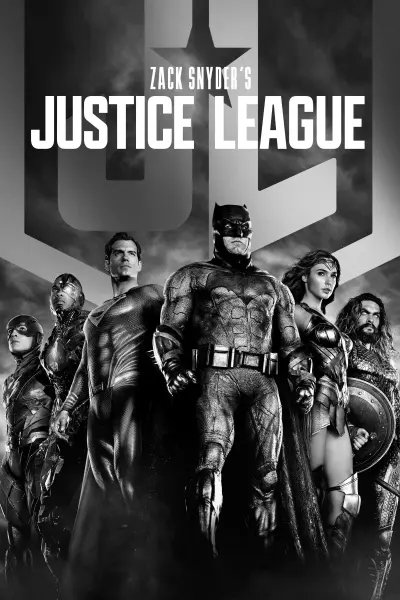
"Zack Snyder's Justice League," often referred to as the "Snyder Cut," is a reimagined rendition of the 2017 superhero ensemble film, "Justice League." Released in 2021 on HBO Max, this version offers a more unified and expansive narrative, closely aligned with Snyder's original intent. Garnering positive reviews, the film is acclaimed for its artistic direction, visual aesthetics, character development, and depth of themes, despite some critique for its lengthy duration.
The plot is set against a grand backdrop of cosmic conflict between the forces of good and evil. Millennia prior, Darkseid, an Apokoliptian overlord, attempts to subjugate Earth using the combined powers of three enigmatic artifacts, known as the Mother Boxes. His plans are thwarted by a coalition of gods, humans, Amazons, Atlanteans, and extraterrestrials. These Boxes are later secreted in disparate locations on Earth, only to be reawakened by Superman's demise. This event lures Steppenwolf, Darkseid's shamed subordinate, to Earth with ambitions of redemption through conquest.
Central to the narrative is Bruce Wayne/Batman and Diana Prince/Wonder Woman assembling a cadre of metahumans to safeguard Earth. This team encompasses Arthur Curry/Aquaman, Barry Allen/The Flash, and Victor Stone/Cyborg. Each member initially battles with internal discord and identity crises, reflecting in the team's struggle for cohesion. Aquaman confronts his ancestral legacy, The Flash searches for a sense of belonging, and Cyborg grapples with his new, technologically enhanced reality. The resurrection of Superman, marked by initial memory loss, further complicates their group dynamics.
The film delves profoundly into themes of unity, loss, and redemption. It emphasizes the concept of being "stronger together", illustrated through the heroes' collective efforts against Steppenwolf and their individual emotional journeys. Each character, heroes and villains alike, encounters their own brand of loss and seeks redemption. This narrative draws a parallel between the heroes' pursuit of unity and the antagonists' attempt at a destructive amalgamation with the Mother Boxes, highlighting a complex interplay of collaboration and power.
"Zack Snyder's Justice League" presents a multi-layered exploration of loss. Batman is haunted by guilt over Superman's death, Wonder Woman laments her past sacrifices, and Aquaman struggles with his disconnected heritage. Cyborg's journey is notably moving, as he navigates the tumult of grief and acceptance of his new form. These personal trajectories are skillfully woven into the larger narrative, underscoring the characters' evolution and the restorative potency of unity.
In summation, "Zack Snyder's Justice League" transcends the traditional superhero genre, emerging as an ode to resilience, unity, and the indomitable human spirit in the face of darkness. With its intricate characters and rich thematic fabric, the film strikes a chord with audiences, championing themes of cooperation and
empathy amidst trials. It is a testament to Snyder's creative vision and the enduring allure of superhero narratives in delving into the core of human experiences. The film not only reconstructs a cinematic universe but also presents a metaphorical canvas where viewers can see reflections of their own struggles and triumphs. It’s a narrative that resonates deeply, emphasizing the power of togetherness and the significance of confronting and overcoming one's personal demons. In this way, "Zack Snyder's Justice League" stands as a powerful narrative about the strength found in unity and the hope that emerges from shared struggles and victories.

